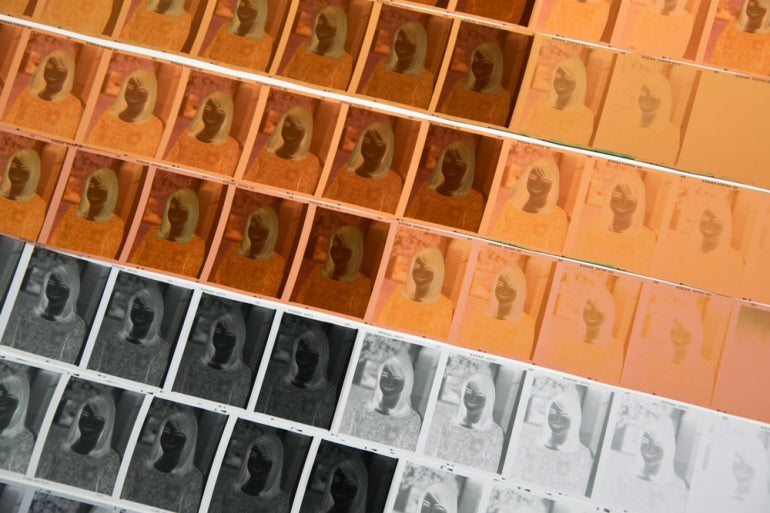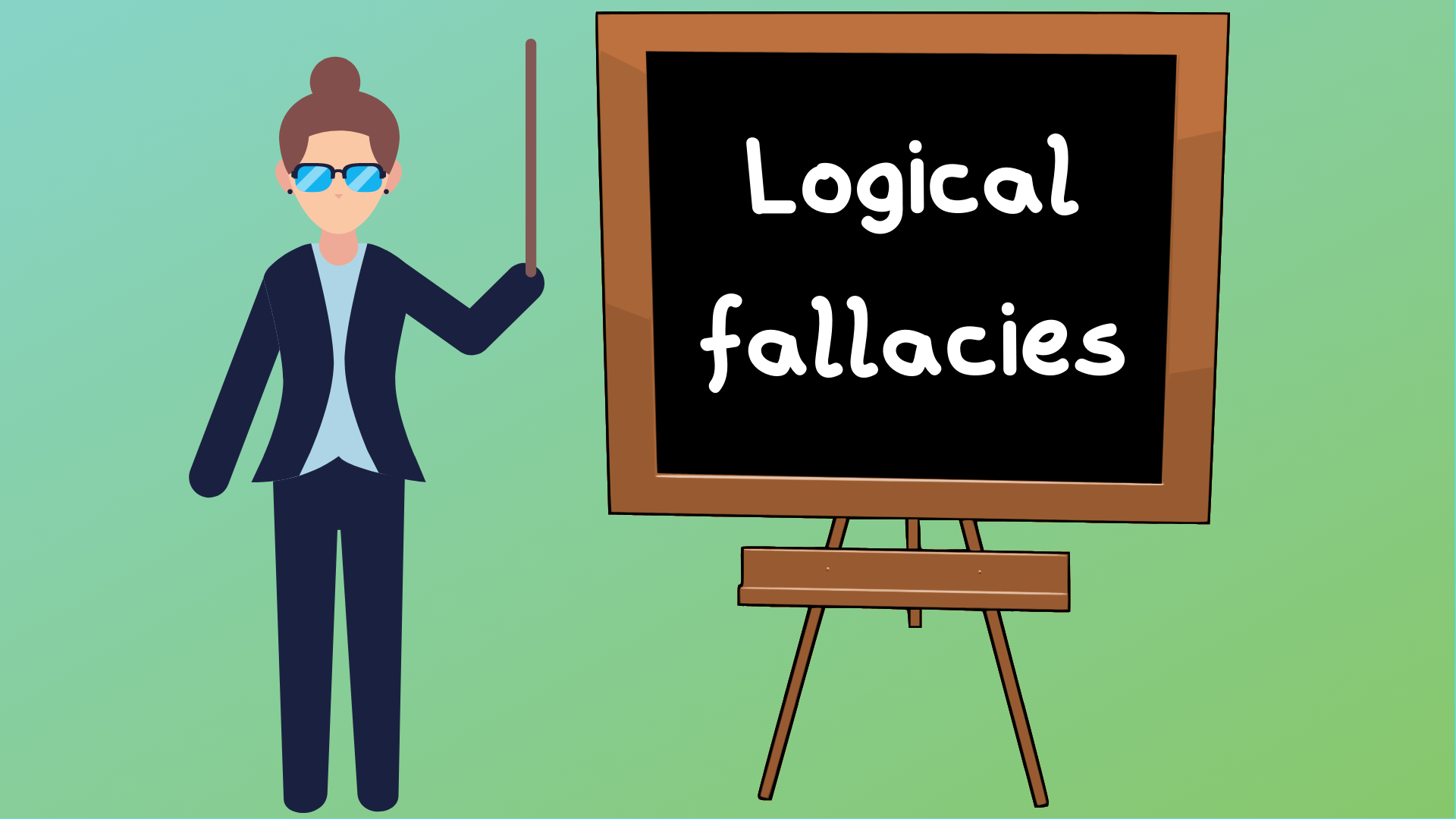-
WANTED: Happy members who like to discuss audio and other topics related to our interest. Desire to learn and share knowledge of science required. There are many reviews of audio hardware and expert members to help answer your questions. Click here to have your audio equipment measured for free!
You are using an out of date browser. It may not display this or other websites correctly.
You should upgrade or use an alternative browser.
You should upgrade or use an alternative browser.
Maybe Amir should review movie theaters
- Thread starter techsamurai
- Start date
Gotta convince the owner/operator to let someone in during off hours and set up equipment. Never gonna happen unless they can convince the owner/operator that it’s in their best interest. Like marketing it as the “most accurate sound” or similar. I know my local theater didn’t get the memo about Across the Spider-Verse’s low mastering volume because both times I watched it, it was far too quiet. Nobody at the theaters cares any more.The idea of movie theater audio reviews is great. If one were to evaluate this objectively, how would you do so?
@Herbert @Pe8er
I am a fan of film, but only shoot digital for convenience and cost. For Hollywood productions with big budgets, there are some unique elements of film which cannot be reproduced trivially with digital.

 richardphotolab.com
richardphotolab.com
 carmencitafilmlab.com
carmencitafilmlab.com
Film is very INSENSITIVE to over exposure because the chemical reactions have “burnt out” where digital is sensitive to clipping highlights but handles low light very well because it’s more linear.
In stills, when shooting the bride/groom at a wedding, you overexpose on film, knowing that the dress detail won’t be lost allowing you to capture detail from the groom’s black tux/suit. With digital, you are cautious to avoid overexposing to capture the dress appropriately and then need to boost the shadows, relying on the low noise of the sensor to maintain detail.
Here’s the problem. For stills, you can control exposure dynamically with ISO, aperture and shutter speed.
For movies, what happens if you have a continuous shot? You cannot change ISO trivially. For movies, you don’t have full freedom over your shutter speed since it dramatically changes the *look* of the film (think action scenes in Gladiator versus the non action scenes). If you were shooting digital, you now need an ND filter to let you keep the slow shutter speeds, but this may crush your blacks into loss of detail.
Of course, it’s important to note that after recording on film, it’s later scanned and processed digitally. There are differences in that as well which are not fully trivial to correct digitally, again due to the non linearity.
 carmencitafilmlab.com
carmencitafilmlab.com
I am a fan of film, but only shoot digital for convenience and cost. For Hollywood productions with big budgets, there are some unique elements of film which cannot be reproduced trivially with digital.

Find Your Film: Stock and Exposure Comparisons
With film photography, there are two decisions right out of the gate that will have a major influence on the final look of your photos: film stock and exposure. So, Richard Photo Lab is breaking down the most popular types of film stocks we see at the lab and showing multiple exposure settings...
How Exposure Affects Film – Carmencita Film Lab
 carmencitafilmlab.com
carmencitafilmlab.com
Film is very INSENSITIVE to over exposure because the chemical reactions have “burnt out” where digital is sensitive to clipping highlights but handles low light very well because it’s more linear.
In stills, when shooting the bride/groom at a wedding, you overexpose on film, knowing that the dress detail won’t be lost allowing you to capture detail from the groom’s black tux/suit. With digital, you are cautious to avoid overexposing to capture the dress appropriately and then need to boost the shadows, relying on the low noise of the sensor to maintain detail.
Here’s the problem. For stills, you can control exposure dynamically with ISO, aperture and shutter speed.
For movies, what happens if you have a continuous shot? You cannot change ISO trivially. For movies, you don’t have full freedom over your shutter speed since it dramatically changes the *look* of the film (think action scenes in Gladiator versus the non action scenes). If you were shooting digital, you now need an ND filter to let you keep the slow shutter speeds, but this may crush your blacks into loss of detail.
Of course, it’s important to note that after recording on film, it’s later scanned and processed digitally. There are differences in that as well which are not fully trivial to correct digitally, again due to the non linearity.
Frontier vs Noritsu: Round 2 (5 years later) – Carmencita Film Lab
 carmencitafilmlab.com
carmencitafilmlab.com
Agree 100%. Sure, we can spend hours and hours in Lightroom or DaVinci recreating the effect, make a preset and then have an almost identical, perfect emulation every time with a single click. But the beauty of the original is that it's a little different every time, a little unpredictable, a bit imperfect. To me, that's a huge factor in what constitutes art.I am a fan of film, but only shoot digital for convenience and cost. For Hollywood productions with big budgets, there are some unique elements of film which cannot be reproduced trivially with digital.
This is so timely, thanks a ton! I was just asking a DOP friend earlier today about the differences between Portra 160, 400 and 800 because…wait for it…I want to emulate them in my Fuji X100V — a digital camera that tries really hard to produce analog-looking imagesFind Your Film: Stock and Exposure Comparisons
With film photography, there are two decisions right out of the gate that will have a major influence on the final look of your photos: film stock and exposure. So, Richard Photo Lab is breaking down the most popular types of film stocks we see at the lab and showing multiple exposure settings... richardphotolab.com

There is not.That's okay, more power to them. There's probably an equal number of DOP's who prefer actual analog

Oscar Cinematography Survey: The Cameras and Lenses Used to Shoot 29 Awards Contenders
2021’s best cinematographers talk about how they created the look of their awards contending films.

Oscar Cinematography Survey: The Cameras and Lenses Used to Shoot 35 Awards Contenders
IndieWire reached out to the directors of photography whose films are in 2024 awards contention to find out what they used.
These are all productions where the DOPs chose the format for artistic reasons, alongside commercial decisions to shoot for the IMAX format, for example.
20 out of 29 in 2022 for Digital, 19 of 35 for digital in 2024. And many chose film because of it's limitations.
And still a period piece like "The Holdovers" was shot digital, whereas "All of us Strangers" was shot 35mm.
And in "All of us Strangers" one scene is shot digital. Tell me, which one.
Incidentally, the latest generation of ARRI film cameras is now superior to film material in terms of dynamic range and color science.
Last edited:
Well, you are not working as a professional DOP. And if you were to read the article, you would realize, that the pros and cons of a medium do not exist. It is always about the versatility of the tools and DOPs think much more about the character of the lenses they choose. Also watching true analog through a 35mm is / was a mess - the copy for the cinema was / is in the 6th to 7th generation. What you normally see nowadays as „analog“ is digitized film digitally projected, besides IMAX or some very rare 70mm venues or film museums that still use 35mm projectors. But in 90% it is the scanned negative. No generation loss during editing and color correction. DOPs may look for „grain“ - how a camera sensor distributes noise…@Herbert What is your point exactly? Do you want to count all DOPs in the world to prove that digital is superior? I'm able to recognize pros and cons of each medium. I personally prefer analog and I hope cinema doesn't abandon it.
Last edited:
Well, you are not working as a professional DOP. And if you were to read the article, you would realize, that the pros and cons of a medium do not exist. It is always about the versatility of the tools and DOPs think much more about the character of the lenses they choose. Also watching true analog through a 35mm is / was a mess - the copy for the cinema was / is in the 6th to 7th generation. What you normally see nowadays with film is digitized, no generation loss during editing and color correction. DOPs may look for „grain“ - how a camera sensor distributes noise…

Guide to the Most Common Logical Fallacies
Logical fallacies are flaws in reasoning that weaken or invalidate an argument. Whether they’re used intentionally or unintentionally, they can be quite
 thinkingispower.com
thinkingispower.com
Similar threads
- Replies
- 30
- Views
- 11K
